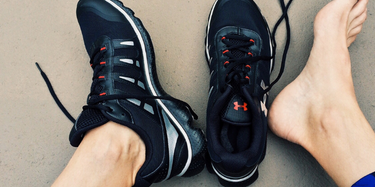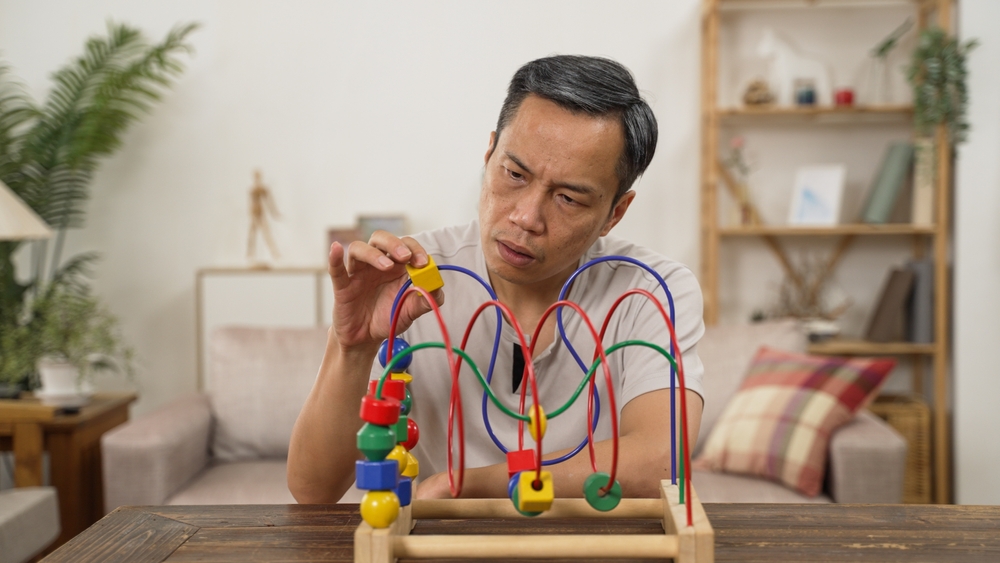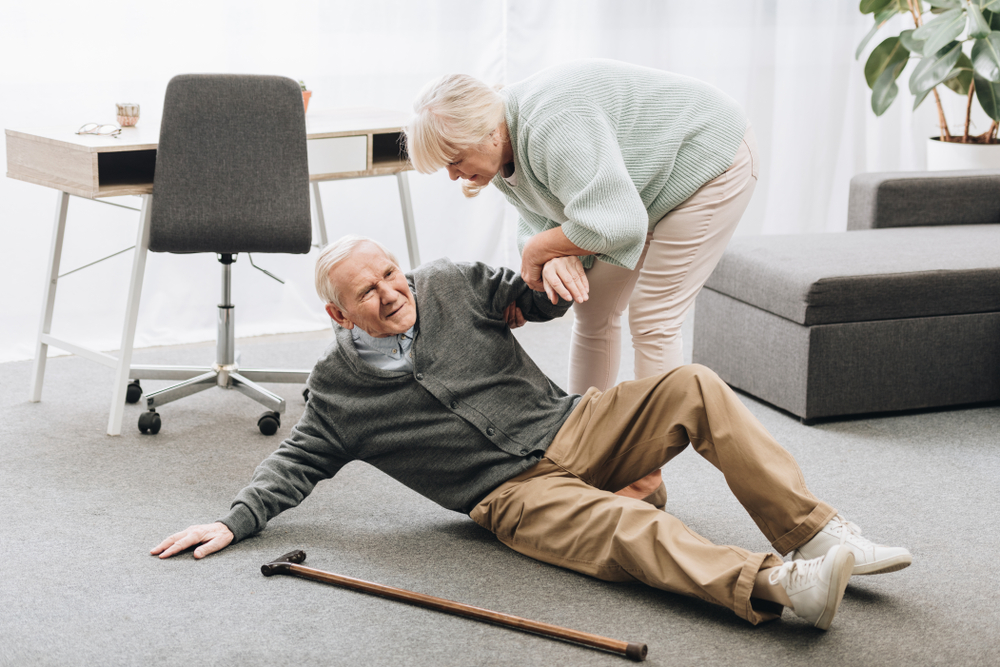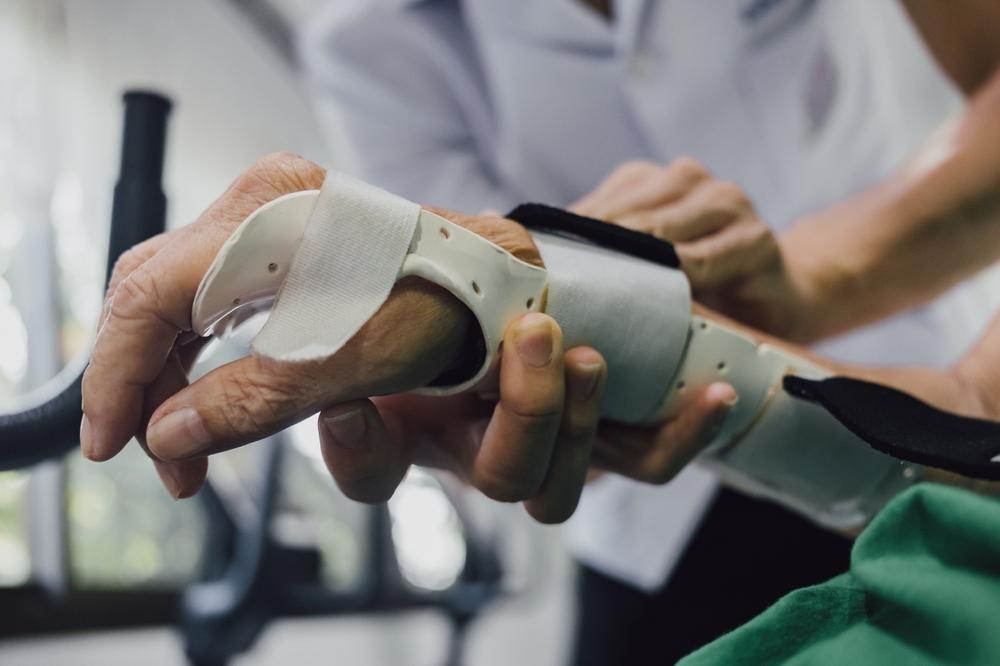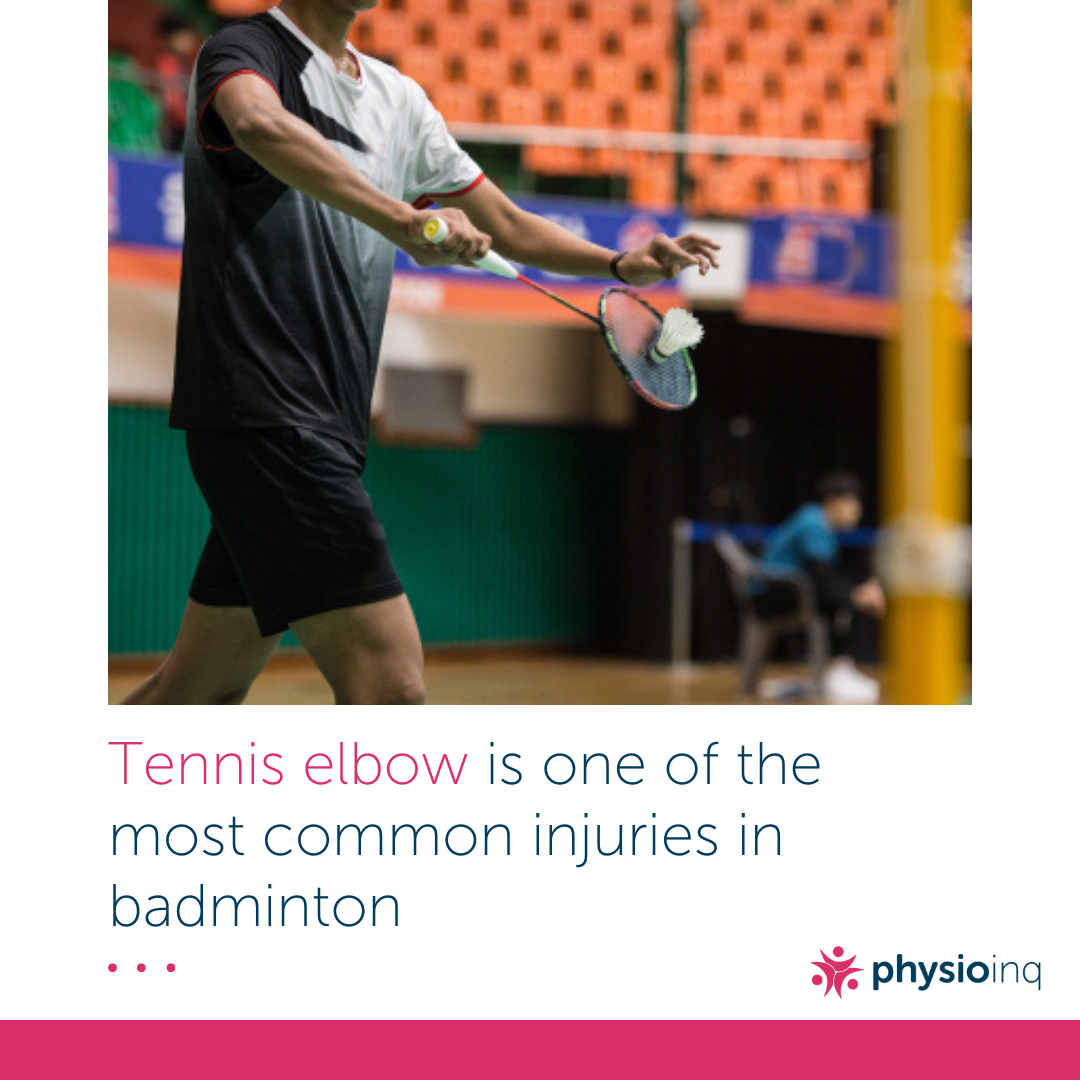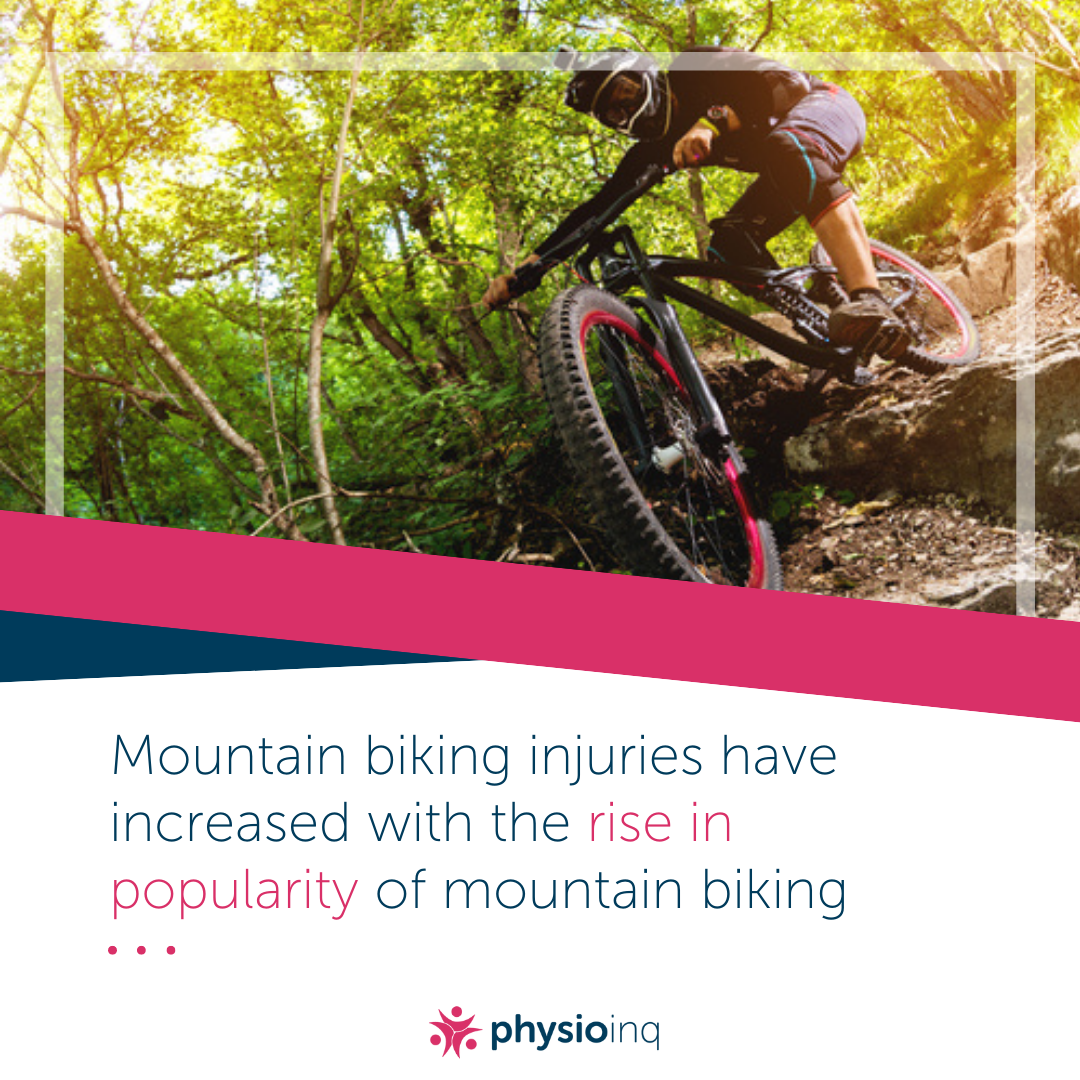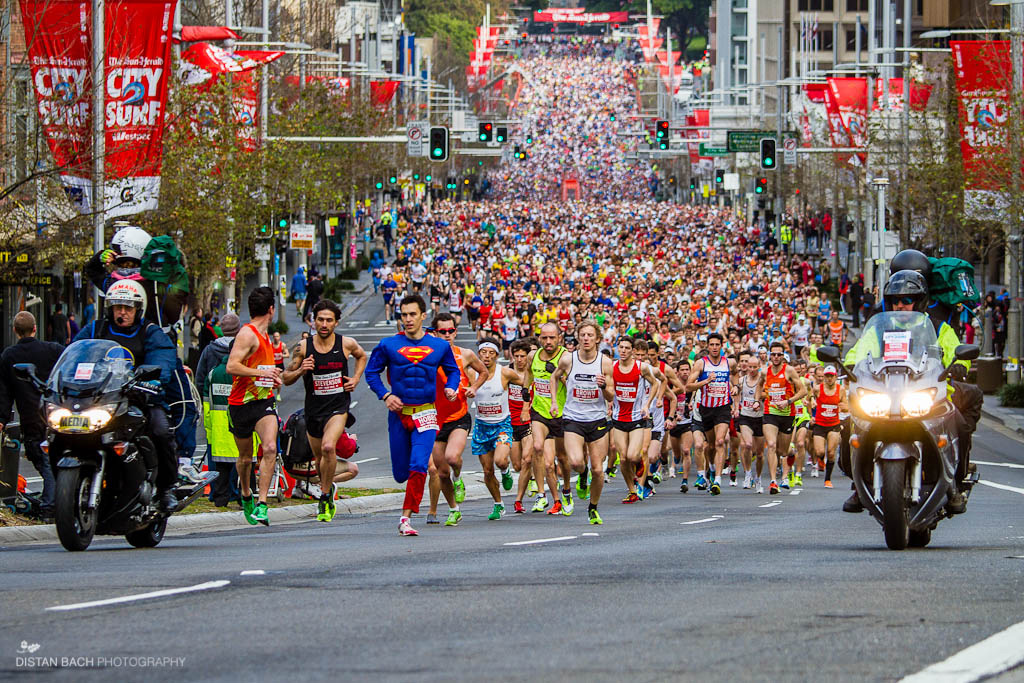Make an Appointment
Sever’s Disease is the most common cause of heel pain in kids. None of us wants to see our kids in pain and the good news is that there are several treatment options that you can read about below, all of which your physio can help with.
What causes Sever’s Disease?
The most common cause of heel pain in kids is Sever’s Disease. Also known as CALCANEAL APOPHYSITIS, it occurs when the growth plate of the heel is injured by excessive force during early adolescence.
It usually occurs during the growth spurt of adolescence, the approximately 2-year period in early puberty when kids grow rapidly. This spurt can begin anytime between the ages of 8 to 13 for girls and 10 to 16 for boys.
What are the symptoms of Sever’s disease?
- The child would be limping while walking or running awkwardly.
- Typically causes stabbing pain of the bottom of the foot near the heal.
- Pain can be felt on either 1 or both heels.
- Worst with the first few steps after awakening.
- Usually worse after exercise, NOT during it.
How can it be diagnosed?
Based on the history and symptoms of the injury presented, our physiotherapist will perform several tests to confirm the diagnosis. Sometime other imaging such as X-ray, MRI and bone scan can help with diagnosis.
How is it treated?
Sever’s Disease treatment should be based on eliminating heel pain and restoring normal foot and leg biomechanics.
- Pain relief & control:
- Rest (24-72 hrs)
- Ice (20 minutes on and off)
- Compression (bandage)
- Elevation (above heart)
- Series of exercises to mobilize the heel and ankle.
- Strengthen lower leg muscles, which stabilize the heel and ankle.
- Load management when playing sports.
- Application of athletic taping to support bottom of the foot.
- Can be prescribed custom fitted arch support (orthotics) to help distribute pressure to your feet more evenly (ask your physiotherapist if they can do this within their clinic)
- Lifestyle and home remedies:
- Choosing supportive shoes
- Not to wear worn-out athletic shoes and or cleats
In this short video, our Principal Physiotherapist, Tom will show you how you can tape your foot to support bottom the of your heel.
Date Published: Tuesday, February 26, 2019
Locate a Mobile Physiotherapy
Service Near me
Get the experience & convinence you deserve to support your or a loved one's allied health needs.
Our Mobile Physiotherapy team are currently serving & taking appointments in the following states and regions in Australia:
New South Wales
- Blacktown
- Blue Mountains
- Campbelltown And Macarthur
- Canterbury-Bankstown
- Eastern Suburbs Sydney
- Georges River
- Hawkesbury
- Inner East Sydney
- Inner West Sydney
- Lake Macquarie
- Lower North Shore
- Newcastle
- Northern Beaches
- North Sydney
- Parramatta
- Penrith
- Southern Highlands
- South West Sydney
- Sutherland Shire
- Sydney CBD
- The Hills Shire
- Upper North Shore
- Waverley
- Wollongong
Tasmania
Victoria
Need to get into direct contact with ur Client Services team? We're all ears. Call our team directly on 1300 731 733
